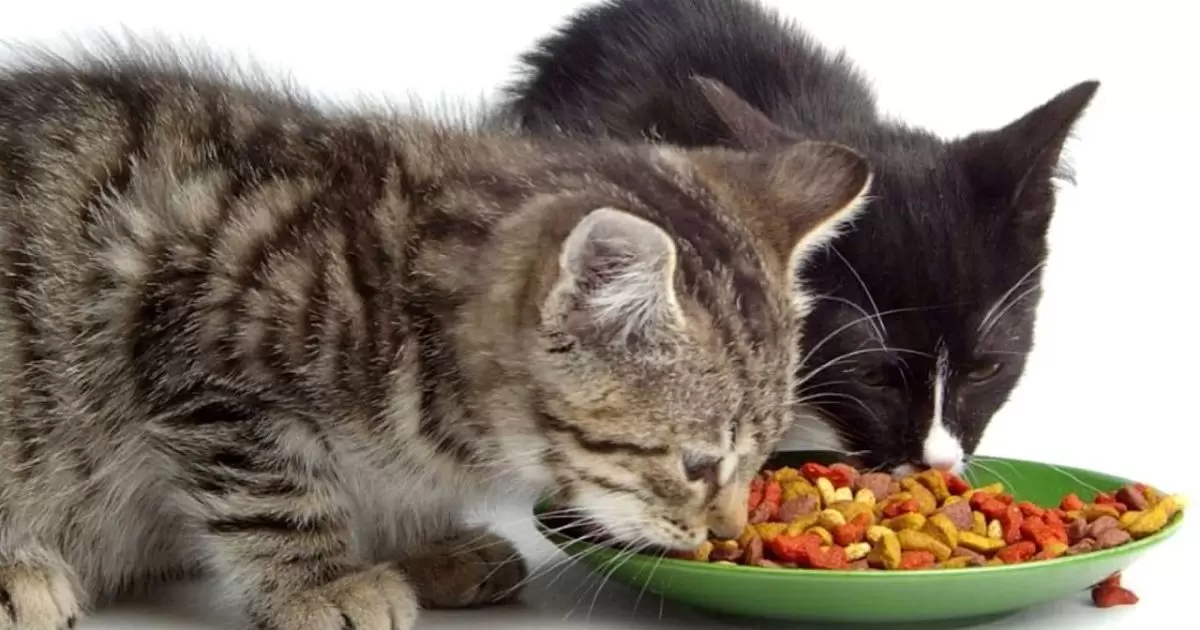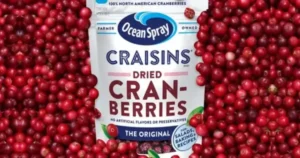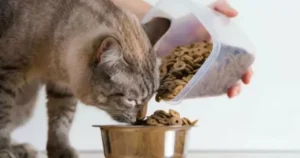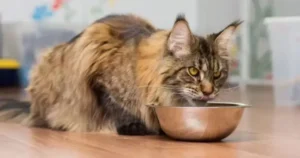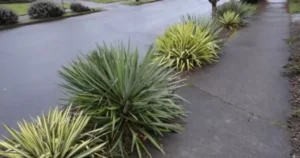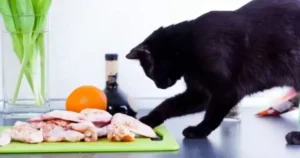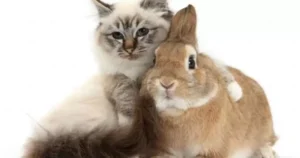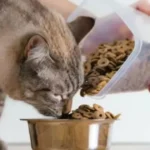When filling your feline friend’s bowl, you want complete nutrition, not low-grade fare. This article explores what qualifies as the worst cat food offenders, from fillers to insufficient proteins. Identify unhealthy ingredients hiding within packaging claims by understanding labeling terms and nutrition research.
What is the worst cat food? When you go to buy food for your cat, some foods are very bad. They can make your cat sick or not healthy. You want to be careful and not pick these foods. Some have things that are not good for cats, like fake things instead of real meat or vegetables. Others don’t have the healthy things that cats need. So make sure to check before you get some for your cat. You want them to eat good food so they feel good.
By understanding labeling and spotting red flags like artificial preservatives, insufficient protein, and high filler content, you can avoid poor-quality cat food. Supplying proper daily nutrition is key to energizing your cat and supporting long-term well-being. Doing some research helps uncover healthier options and ingredients to look for among all the flashy branding and claims.
The Dangers of Fillers in Worst Cat Food
Fillers bulk up cat food. But fillers do not have the nutrients cats need. Some common fillers are corn, wheat, soy, and rice. Cats struggle to digest these. Fillers can cause stomach upset and allergies. They can also lead to obesity if cats eat more to feel full.
Good cat foods do not have fillers. Look at the label to spot fillers. Grain-free foods are best. Choose foods with meat as the first ingredient. Or choose limited-ingredient foods. These have fewer things that may cause an allergy. Limited ingredients make it easier to know what’s inside.
Preservatives to Avoid in Cat Food
Some preservatives in cat food are bad. One is BHA or BHT. This is used to keep fats from spoiling. But it may cause cancer or liver damage. Another is ethoxyquin. It keeps fats from going rancid. But it is banned from human foods. It could also harm kidneys and livers.
Read labels to avoid bad preservatives. If the label says “natural preservatives,” ask which ones. Or look for brands with “no artificial preservatives.” Canned food lasts longer than dry without preservatives. Freeze any wet food leftovers to keep them fresh. Check for new recall alerts on foods with questionable ingredients. Stay updated on health risks.
How to Read and Understand Cat Food Labels
Cat food labels have a lot of information. First, look at the ingredients. Ingredients are listed by weight. The first ingredient should be meat. Multiple meat or fish ingredients are best. Avoid labels listing corn, wheat, or soy in the first several ingredients. These are fillers. When looking for what wet cat food does not have carrageenan, choose options without this additive, as it has been linked to health issues in cats.
Next, check the nutritional info. Look for protein levels. Kittens and cats need high-protein foods. Adults need at least 30% protein. Also, check fats and carbs. Don’t buy foods with artificial preservatives listed. Or any ingredients you don’t recognize. If the ingredients and nutrition look good, that food will likely be good for your cat. A label shows you exactly what’s inside the food.
Low-Quality Proteins to Watch Out For
The first ingredient in cat food should be protein. But there are good and bad proteins. Whole meats like chicken, salmon, or turkey are best. Meat meals can be okay too if named properly. But watch out for vague protein sources that may indicate the worst cat food. Fillers like corn and wheat are also problematic. Steer clear of artificial preservatives too. Reading labels is key to finding healthy formulas.
Some protein ingredients to avoid are meat by-products, bone meal, and animal digestion. By-products include non-meat parts. Bone meal has almost no nutrition. Animal digest is heavily processed. These low-quality proteins lack the nutrients cats need. They can also upset stomachs or cause allergic reactions. Check each ingredient if you are unsure. Give foods with clear protein sources made from whole meats or proper meat meals.
Vague Ingredient Names that Disguise Contents
| Vague Name | What it Could Hide |
| Natural flavors | Any flavor from a plant or animal |
| Spices | Any ground-up plant for flavor |
| Vegetable oil | Oil from corn, soybeans, cottonseed, etc |
| Artificial colors | Red 40, Yellow 5, and other synthetic dyes |
Some cat food labels use tricky wording. They do this to hide low-quality ingredients. Terms like “meat by-products” or “poultry meal” are vague. By-products can include non-meat parts like feet or feathers. The word “meal” also doesn’t say which meat.
Watch for other confusing phrases like “animal digest” or “meat and bone meal.” Digest refers to highly processed protein. Bone meal lacks nutrients cats need. Colorful terms like “deluxe” or “choice” don’t mean much either. Ignore marketing words. Check the actual ingredients listed instead. Call the manufacturer if you have questions. Or pick a brand that highlights real whole meat ingredients upfront. Truthful labeling is best.
Recognizing Symptoms of Illness from Bad Cat Food
Cats can get sick from bad cat food. Signs include vomiting and diarrhea. These happen because of bacteria or toxins. The cat may also be less active or lack appetite.
Other signs are weight loss and poor coat quality. The cat may drink more water too. Take the cat to the vet if these last over a day. Have the food tested. Stop feeding it to pets. Check labels for recalls. Call the maker if unsure. Watch for these signs to keep cats healthy.
FAQS:
1. What are the main things that make cat food bad?
Foods with grains, by-products, artificial additives, unnamed meats, and too much ash.
2. What are by-products?
They are the leftover, unusable parts of an animal like beaks, feet, and bones that have little nutrition.
3. How can I find the healthiest cat foods?
Look for grain-free wet or raw foods with high protein content, named meat sources, and no artificial additives.
Conclusion
The worst cat foods are made by big brands like Purina, Iams, and Royal Canin. They use cheap fillers like corn and wheat instead of meat. This lacks the nutrients cats need. They also add artificial flavors, colors, and chemicals. These are not safe.
Cats need meat-based foods with no grains or by-products. Fish is not the best either. The healthiest foods have high meat content. They are easier to digest. Bad foods cause diarrhea, vomiting, and weight issues. Read all labels carefully. Avoid brands with bad ingredients. Pick foods with real meat and no artificial additives. Ask vets for better recommendations too. Good nutrition helps cats live long.

